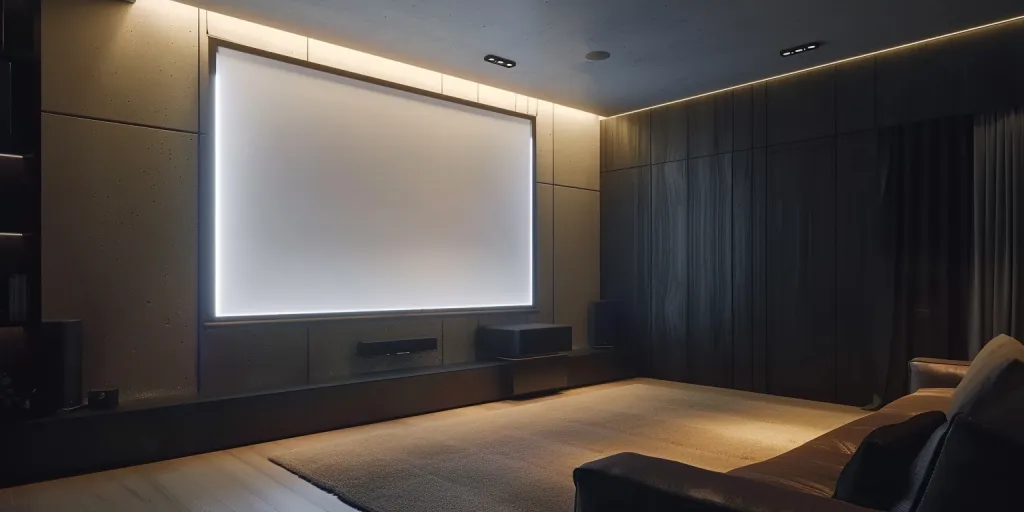In the realm of visual displays, projection screens hold a pivotal role, transforming ordinary spaces into cinematic experiences, conference rooms into immersive presentations, and plain walls into vibrant displays. This guide aims to demystify the technology, features, and considerations surrounding projection screens, empowering you with the knowledge to make informed decisions tailored to your needs. As we journey through the intricacies of projection screens, we invite you to explore the aspects that resonate most with your viewing habits and spaces.
Table of Contents:
– Understanding the types of projection screens
– Key features to consider
– Installation and maintenance
– Environmental impact and sustainability
– Choosing the right screen for your space
Understanding the types of projection screens
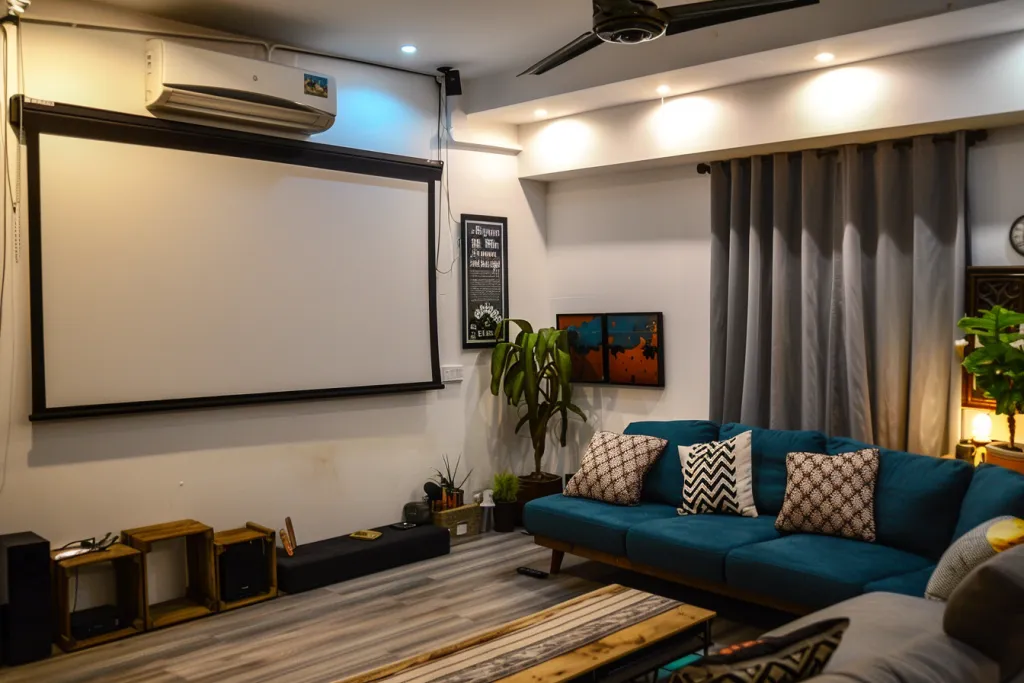
Projection screens come in various forms, each designed to enhance the viewing experience in different environments. The traditional manual screens, familiar in classrooms and meeting rooms, are known for their simplicity and durability. On the other hand, motorized screens offer a touch of sophistication and convenience, retracting with the push of a button, making them ideal for multi-use spaces.
Fixed-frame screens, with their tensioned surfaces, provide a consistently flat viewing area, crucial for high-definition and 4K content. Meanwhile, portable and floor-rising screens cater to the mobile presenter or outdoor movie enthusiast, emphasizing flexibility and ease of setup.
Understanding the distinctions between these types can guide you to a choice that aligns with your specific needs, whether it’s for professional presentations, home cinema, or outdoor events. Each type offers unique advantages, and the key lies in identifying which features matter most to you.
Key features to consider
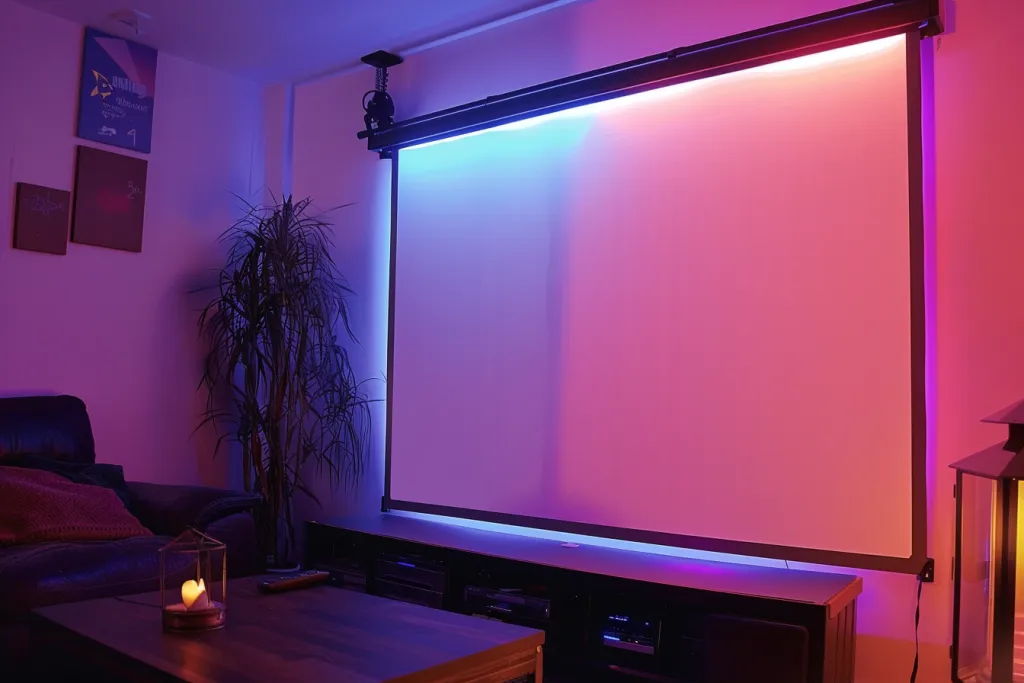
When delving into the specifics of projection screens, several features stand out as critical to enhancing your viewing experience. The screen’s gain, a measure of its reflectivity, directly impacts the brightness of the image. A higher gain can enhance brightness but may limit viewing angles, while lower gain screens offer wider viewing angles at the expense of brightness.
The aspect ratio, the proportional relationship between the screen’s width and height, is another vital consideration. Matching the aspect ratio of the screen to your projector and content ensures that images are displayed correctly without distortion or unnecessary letterboxing.
Surface texture and color play significant roles in image quality. White screens are common and provide a good balance of color accuracy and brightness, whereas gray screens can improve contrast in environments with ambient light. The surface texture influences the resolution, with smoother surfaces being preferable for higher-resolution content.
Installation and maintenance

Installing a projection screen requires careful consideration of the space, including room size, ceiling height, and ambient light. Fixed-frame screens demand a dedicated wall space, while motorized and manual screens offer more flexibility in placement. It’s essential to ensure that the screen is level and securely mounted to avoid any distortions or safety issues.
Maintenance of projection screens is relatively straightforward but crucial for preserving image quality. Dust and dirt can accumulate on the screen surface, affecting reflectivity and image clarity. Regular cleaning with appropriate tools and solutions can keep the screen in optimal condition, while also extending its lifespan.
Environmental impact and sustainability
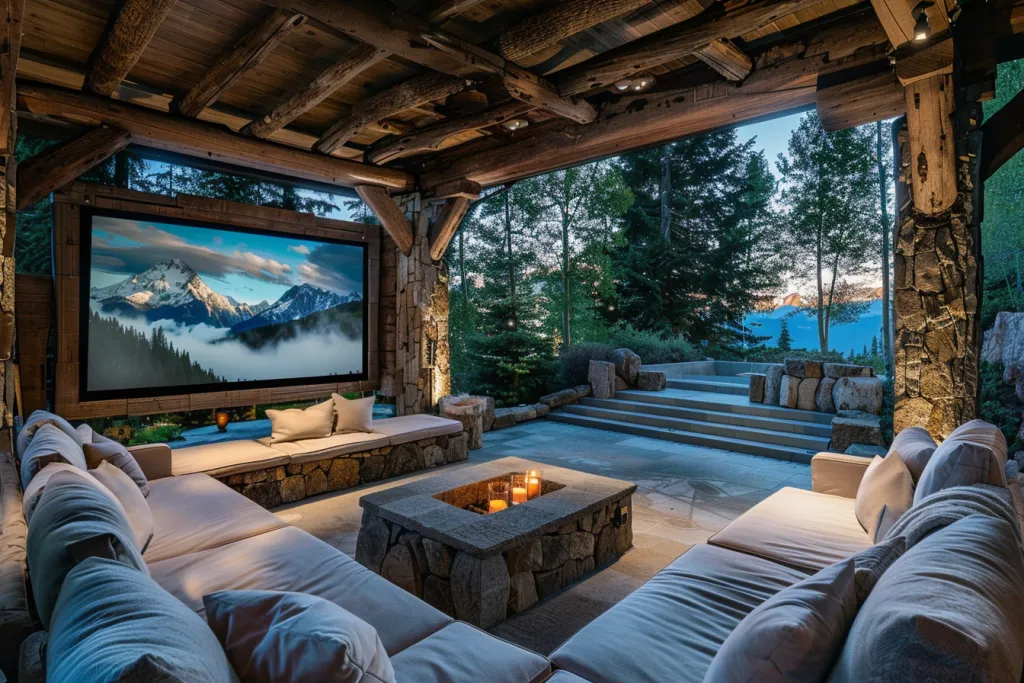
As consumers become increasingly conscious of their environmental footprint, the sustainability of consumer electronics, including projection screens, gains importance. Manufacturers are responding by adopting eco-friendly materials and production processes. Recyclable materials, reduced energy consumption in manufacturing, and longer product lifespans are aspects to consider when choosing a projection screen.
By selecting products designed with sustainability in mind, consumers can contribute to reducing the environmental impact of their home or office technology. This consideration not only benefits the planet but can also lead to cost savings in terms of energy efficiency and durability.
Choosing the right screen for your space
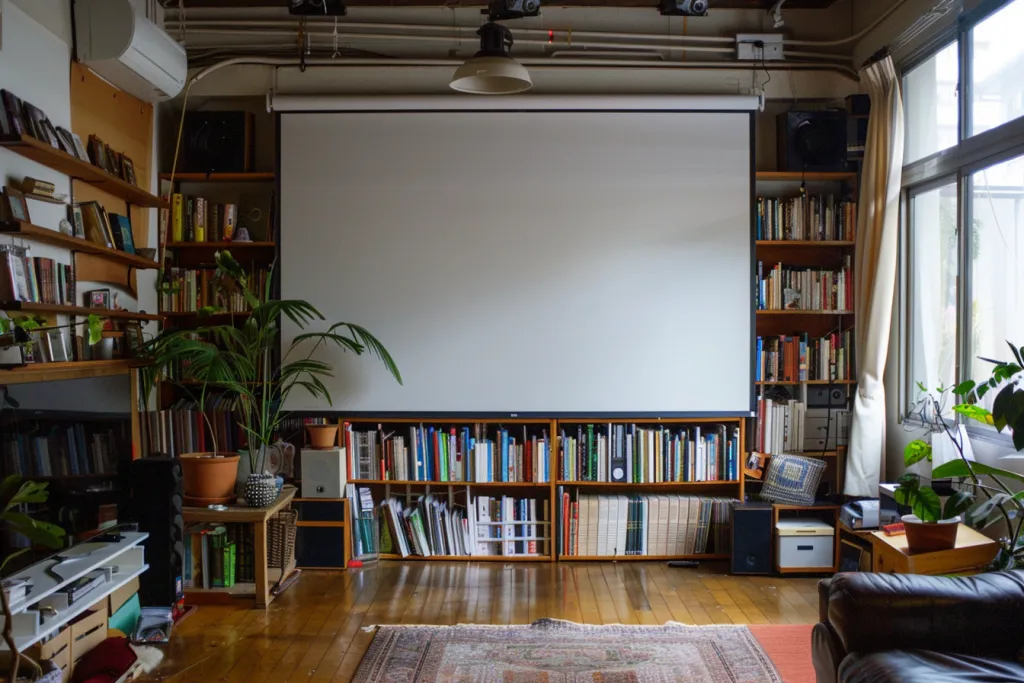
The final step in the journey of selecting a projection screen involves matching your chosen screen to your specific environment and usage. Consider the room’s size, the projector’s placement, and the primary content to be viewed. A large, fixed-frame screen might be perfect for a dedicated home theater, while a portable or motorized screen could be more suitable for classrooms or conference rooms.
It’s also worth considering the ambient light in the room. If you cannot control light levels, a gray screen or one with a higher gain might be necessary to maintain image quality. Ultimately, the right choice balances performance, aesthetics, and functionality to enhance your viewing experience.
Conclusion:
Choosing the right projection screen involves understanding the types available, key features, installation considerations, environmental impact, and how the screen fits into your specific space and needs. By carefully considering these factors, you can enhance your viewing experience, whether for work, education, or entertainment. Remember, the right projection screen not only complements your projector but transforms your space into a vibrant display of imagery and ideas.
